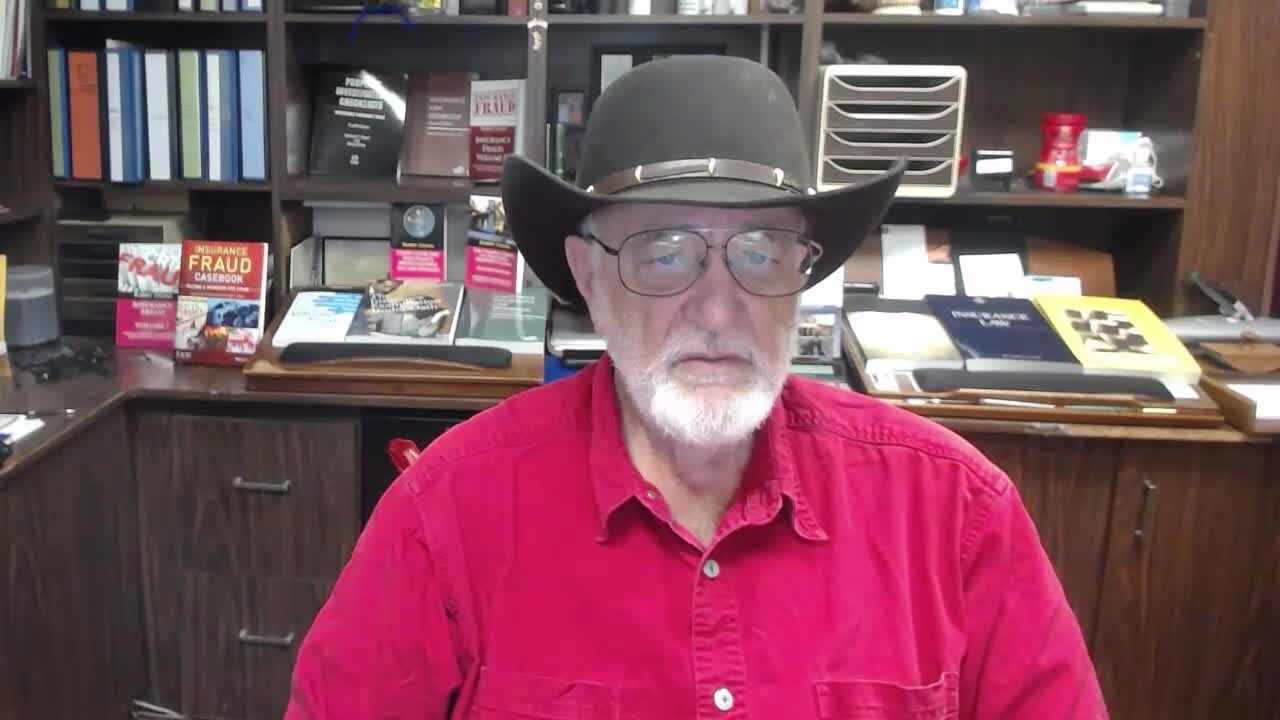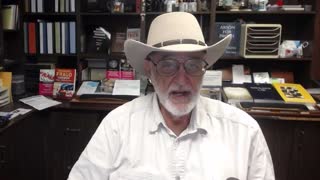Premium Only Content

A Video Explaining the Use of an Independent Medical Examinations
When a claimant claims an injury that does not agree with the facts of the incident claimed to have caused the injury, the adjuster will often seek the assistance of an Independent Medical Examiner (IME) to verify the extent of the claimed injury. The IME is usually a forensic physician or a chiropractor who has agreed to evaluate an injured person for a fee and is not involved in the treatment of the injured person.
In Pennsylvania, an insurer providing medical benefits to its insureds following an automobile accident did not have to establish good cause before the insureds were required to take physical examination administered by doctor of insurer’s choice, even though statute provided generally that insurer seeking to compel independent medical exam was required to show good cause; policy gave insurer right to order examination without establishing good cause. [Fleming v. CNA Ins. Companies, 409 Pa. Super. 285, 597 A.2d 1206 (1991)].
When an insurer's adjuster testified that he was told by his supervisor at TOP that the purpose of a claims department was not to find ways to pay claims, but to find ways to deny claims. Thus, based on Dr. Ramey’s report, he felt that there was sufficient information to deny plaintiff’s claim, and that it was unnecessary to consider any other information.
The truth was the opposite of what the insurer testified to: the purpose of a claims department is to find ways to pay, not to deny, claims. The $5 million verdict that resulted in the Sprague case made insurers much more careful when they ordered independent medical exams in California and, hopefully, will never again tell an IME what to conclude after doing the examination.
-
 8:57
8:57
Barry Zalma, Inc. on Insurance Law
1 year agoNo Coverage for Benefits no Right to Bad Faith Damages
193 -
 16:42
16:42
Barry Zalma, Inc. on Insurance Law
4 years agoA Video Explaining Casualty Insurance
76 -
 16:33
16:33
Barry Zalma, Inc. on Insurance Law
4 years agoA Video Explaining the Unethical Insured
16 -
 16:17
16:17
Barry Zalma, Inc. on Insurance Law
4 years agoA Video Explaining the Concurrent Cause Doctrine
40 -
 15:24
15:24
Barry Zalma, Inc. on Insurance Law
4 years agoA Video Explaining the Claims Made CGL
53 -
 17:29
17:29
Barry Zalma, Inc. on Insurance Law
4 years agoA Video Explaining the Nature of Insurance Underwriting
34 -
 15:19
15:19
Barry Zalma, Inc. on Insurance Law
4 years agoA Video Explaining the Need for Construction Experts
47 -
 17:16
17:16
Barry Zalma, Inc. on Insurance Law
4 years agoA Video Explaining the Evidence Needed to Prove Fraud
405 -
 13:28
13:28
Barry Zalma, Inc. on Insurance Law
4 years agoA Video Explaining How a Claims Person Should Select Counsel
15 -
 20:42
20:42
Barry Zalma, Inc. on Insurance Law
4 years agoA Video Explaining the Duties of the Public Insurance Adjuster
60